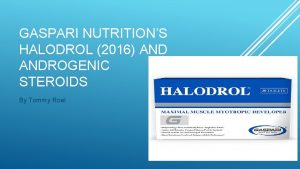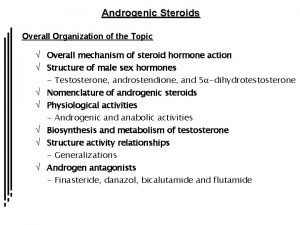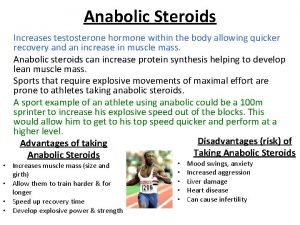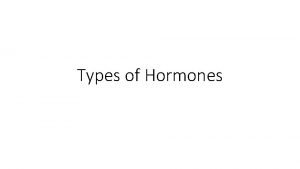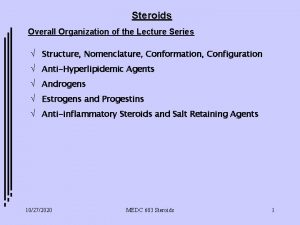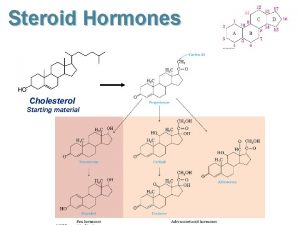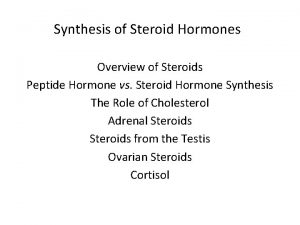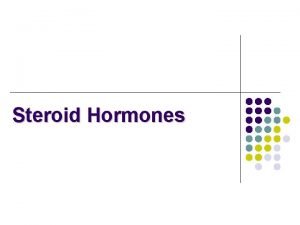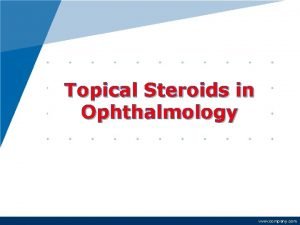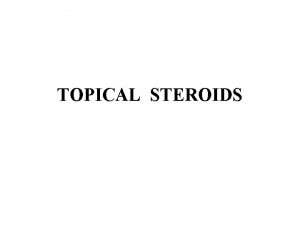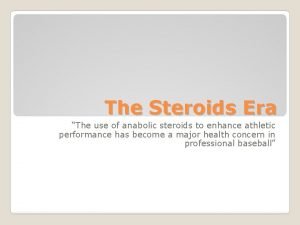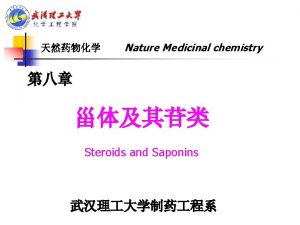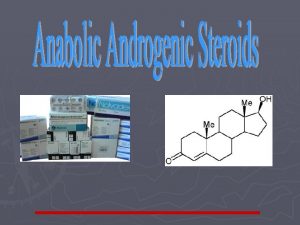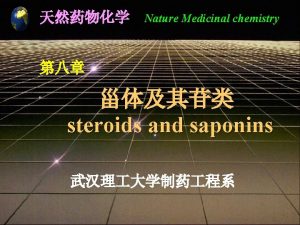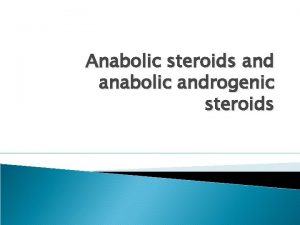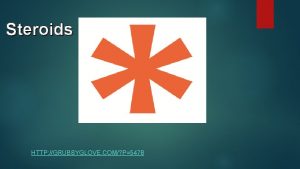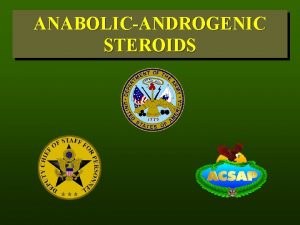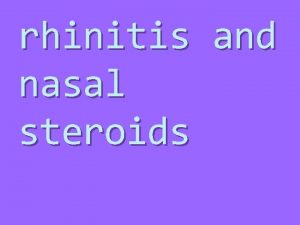Topical Steroids 1 General Principles of Therapy Topical











- Slides: 11

Topical Steroids 1

General Principles of Therapy Topical corticosteroids should be applied at least twice daily and up to four times daily. Increasing the frequency of application from once daily to three times daily clearly produces superior responses. Applications of six times daily are no more efficacious than three times daily. l An appropriate strength preparation should be used to bring the condition under control. It should be noted that 33 -50% of all dermatologic conditions requiring topical corticosteroids could be managed with medium or lowstrength corticosteroids could be managed with medium or low-strength corticosteroid preparations. l 2

After initial control, maintenance therapy should consist of the lowest strength formulation and the least number of applications per day to control the problem. It may be advisable to give the patient two different strengths of corticosteroid preparations; a mild one for routine use and a more potent one for flares of resistance lesions. l Occluded areas and certain areas of the body, such as the face and flexures, are more prone to the development of side effects. If corticosteroids must be used on the face or flexures, hydrocortisone should be used to reduce the probability of side effects. l 3

l Patients who use the highest-potency preparations for greater than two weeks are susceptible to systemic toxicity. l Preparations should be rubbed thoroughly and, when possible, applied while the skin is moist (after bathing) to enhance the effect 4

With chronic conditions such as atopic eczema, it is best to discontinue therapy gradually. This will reduce chances of rebound flares of topical lesions. l Generally, treatment should be initiated with a potent fluorinated corticosteroid with occlusion if tolerated. After the lesions are controlled, begin maintenance therapy with 1% hydrocortisone. Caution must be used when lesions are hot, acute, and/or inflamed, at which time one must cool the lesions down with wet to dry dressings before initiating steroid therapy. l 5

Indications l Topical steroids are the drugs of choice for inflammatory and pruritic eruptions. In addition, they are useful for hyperplastic and infiltrative disorders. 6

Contraindications l Topical steroids worsen the following conditions: acne vulgaris, ulcers, scabies, warts, and fungal infections. 7

Side Effects l When side effects occur from topical steroids, they are related to the potency of preparation used, frequency of application, duration of use, anatomic site of application, and individual patient factors. l Any factors that increase potency, such as inflammation and occlusion, increase the chances of side effects. 8

Epidermal atrophy consisting of a reduction in cell size may begin within several days of therapy and is generally reversible after therapy is stopped. Exposed areas are most vulnerable to epidermal atrophy. l Dermal atrophy takes several weeks to occur. Inguinal, genital, and perianal areas are the most vulnerable to dermal atrophy. Most cases of dermal atrophy are probably reversible within 2 months of stopping the steroid. l 9

Telangiectasia, which occurs most often on the face, neck, groin, and upper chest, may not be reversible after stopping the topical steroid. Striae, which occurs most commonly on the groin, axillary, and inner thigh areas, are usually permanent. l Fine hair growth may be particularly bothersome to female patients using corticosteroid preparations on the face. This problem is generally reversible after stopping therapy. l 10

l Hypopigmentation, predominantly a problem of dark-skinned patients, generally is reversible after therapy is discontinued. 11

